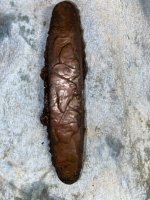M.E.G.
Sr. Member
- Apr 25, 2014
- 498
- 875
- Primary Interest:
- All Treasure Hunting
These were found at an elevation of 3800ft, thereabouts. Small Out cropping. There is told of Cinnabar and Uranium discovered years back in this general area. Not known for volcanic venting discoveries as far as my reseach has come up with at this time. Although, the one speimen looks to be pumis, it is MUCH heavyer than any pumis of the same size I have held.
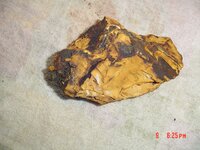
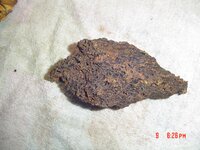
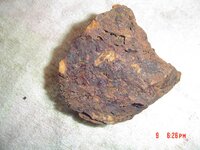
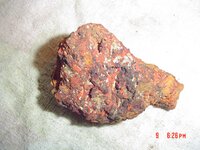
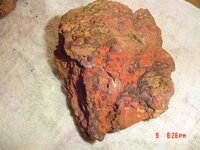
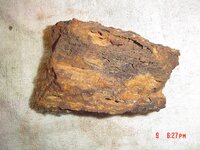
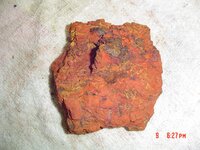
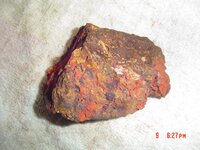
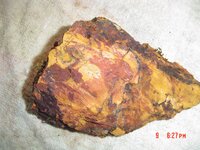
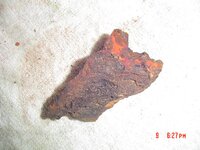










Upvote
0


 Its safe enough in its current form... just don't heat it *or do it very carefully if you want to verify the presence of mercury*... just wash you hands after handling it.
Its safe enough in its current form... just don't heat it *or do it very carefully if you want to verify the presence of mercury*... just wash you hands after handling it.



